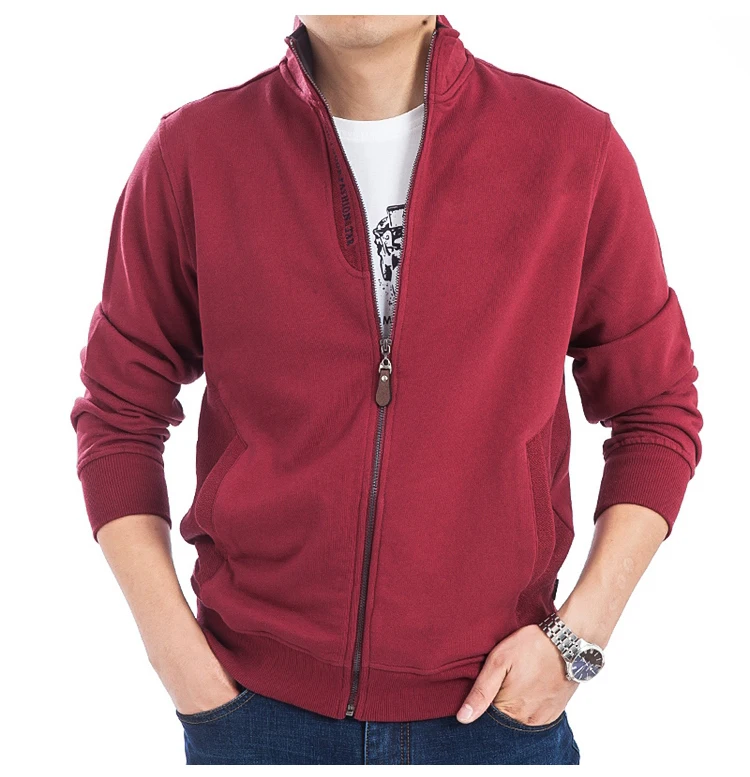Sweatshirts are long-sleeved pullover shirts that are typically constructed from thick cotton fabric. They are typically worn as casual clothing, and are not as formal as sweaters or cardigans. They do not usually have an Hood. If you are interested in buying a sweatshirt here are some tips:
The appeal of Norma Kamali was spread by the use of sweatshirts
Since the late '70s, Norma Kamali has been turning the humble sweatshirt into a work of art. Her designs are now the staple of almost every woman's closet. Her distinctive styles include tummy-tucking t-shirts to a crew neckline to thick leather sweatshirts. She has also created clothing in unique forms, such as a tank top with an extended trumpet skirt.

A partnership between the designer and the sweatshirt maker Everlast gave rise to her Timeless line, which was an instant hit when it appeared in the spring catalog of Spiegel. The collection was made up of interchangeable and convertible knits in classic shapes, and many pieces were priced under $20. Even if Norma Kamali's Timeless collection wasn't sold in stores, customers could still find these pieces through eBay as well as Poshmark.
Merino wool sweatshirts tend to be more comfortable than soft sweatshirts.
Merino wool is renowned for its moisture-wicking properties, which helps to keep you dry and comfortable. This is a naturally-occurring fiber and also offers a smoother and more comfortable feeling. It is also quick to dry compared to other natural material. Additionally, merino is a sustainable resource. The merino sheep shed coats every year and regrow new coats.
The weight-to-heat ratio of merino wool makes it popular for sweatshirts. It helps to regulate the body's temperature because of its loft which naturally holds heat in the fibers. This is the reason Merino wool sweaters are ideal for outdoor activities in the summer, such as mountain biking, hiking, and running. The warmth it offers helps keep the wearer comfortable and dry. This is important when exercising.
Zip-front hoodies feature kangaroo pockets.
Kangaroo pocket Hoodies are a well-loved style of hoodie. They have a huge pocket at the front which helps keep your hands warm on chilly days. They're also more practical than traditional pockets as they allow the hands to slide in and out with ease.
The pockets of Kangaroos are usually big enough to hold the wallet, or other small items for personal use. They're usually long enough to fit the palm of a hand that is small and are sufficient to hold two hands. They feature wide openings on both sides and can be used to carry small items.
French Terry fabric is a well-loved fabric for sweatshirts .
The French Terry fabric is composed of soft yarns that are made into loops, and are usually mid-weight. It is also renowned as a fabric that wicks away moisture and is already pre-shrunk. French Terry is a fantastic choice for sweatshirts because it will keep you warm when you need it and helps keep your cool when you want to cool down.
sweat shirts is also popular for loungewear, since it is stretchy enough and has enough flexibleness to feel great on your skin. It also allows enough air to circulate around the fabric, which makes it ideal for layering underneath other clothes. Furthermore, because it's lighter than most sweatshirts that you can wear all year round without feeling hot or cold.
Hoodies have classist connotations
While it may seem that hoodies are just an appropriate attire item for people of the working class however, in reality they carry classist connotations. Hoodies were first used in the early 1970s , in New York, where graffiti artists wore them to hide their identities. In 1976, hoodies made their major appearance in the film "Rocky," when the working-class title character wore hooded gray sweats on his famous climb up the steps of the Philadelphia Museum of Art.
Hoodies are usually associated with destruction, death and other negative items, yet they also serve practical purposes. For instance, priests and monks may wear hoods to show the proper manner of dress and to focus on their inner self.
